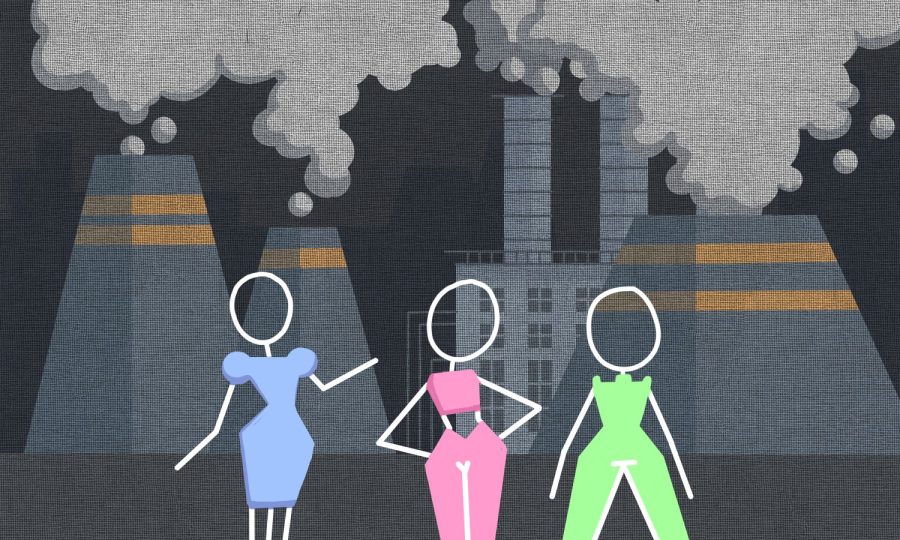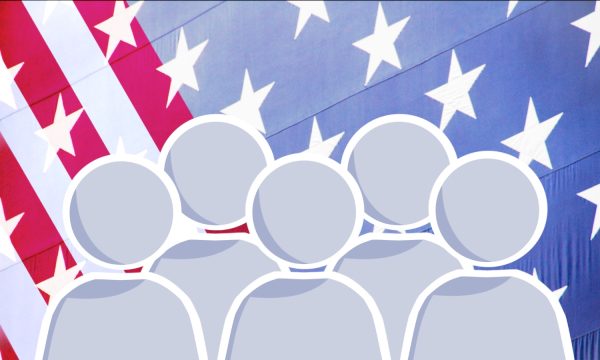Eckburg: Gen Z made ethical consumption trendy
Collegian | Trin Bonner
April 25, 2023
Editor’s Note: All opinion section content reflects the views of the individual author only and does not represent a stance taken by The Collegian or its editorial board.
Trends come in waves and in many forms — whether it’s a TikTok dance, a trending sound or a sudden interest in heavy patterns. Generation Z has been particularly influential in shaping trends over the last few years, and the pandemic pushing everyday interactions online only amplified that influence.
As for fashion, Gen Z has a chaotic style rooted in the ’70s, ’90s and early 2000s and connects through heavy patterns and bright colors.
An article in The Washington Post attempts to put words to the interesting — sometimes clashing — fashion choices of this generation, noting the importance of thrifting in post-pandemic theatrical style. I would encourage you to look into the fashion history at play, especially after nearly two years lived virtually.
Following trends can be costly and wasteful as fast fashion attempts to keep up with market interests, and more poor-quality products are created to meet that demand and eventually end up in landfills, polluting the environment.
Interestingly, along with the typical trends, Gen Z has made both thrifting and ethical consumption a trend.
“Fashion is notoriously an industry that is inaccessible to millions of people — but having thrifting become the norm allows more people to participate in fashion and style exploration.”
Thrifting is a huge hobby for Gen Z, and fashion historians are taking notice. To avoid waste, pollution and exploitation in the fast-fashion industry, a lot of Gen Z fashion focuses on upcycling or “thrift-flipping” to broaden their style while still being mindful of trends.
According to the Pew Research Center, Gen Z is more likely to express anxiety and anger online about the state of climate change. On an app like TikTok, you’re bound to see content about fashion and climate change in the same scroll session depending on your algorithm, so it’s natural that the two eventually begin to merge.
If you have climate anxiety, you likely also have worries about your contribution to pollution, so you’re less likely to buy from a fast-fashion company like Shein.
As an industry, fashion is notoriously inaccessible to millions of people — but having thrifting become the norm allows more people to participate in fashion and style exploration.
Of course, there is a lot more that is needed for the fashion industry to even remotely meet our inclusive expectations, but Gen Z is on board with shifting the narrative and pressuring the industry to change.
Gen Z is considered the first digitally-native generation — we grew up with the internet, from chatrooms and forums to the current chaotic content-filled internet we know today.
We have the power to completely reshape business practices by shifting our consumption habits to center the ethical treatment of workers, environmentally focused production and policy change to promote reducing climate change and protect workers.
Everyone wears clothes, and it’s clearly time for fashion to include those who have been ignored far too long. Do your part to educate yourself about the places you shop, especially their interest in the environment and the protection of their workers. When in doubt, shopping locally is a great bet.
Reach Bella Eckburg at letters@collegian.com or on Twitter @yaycolor.






